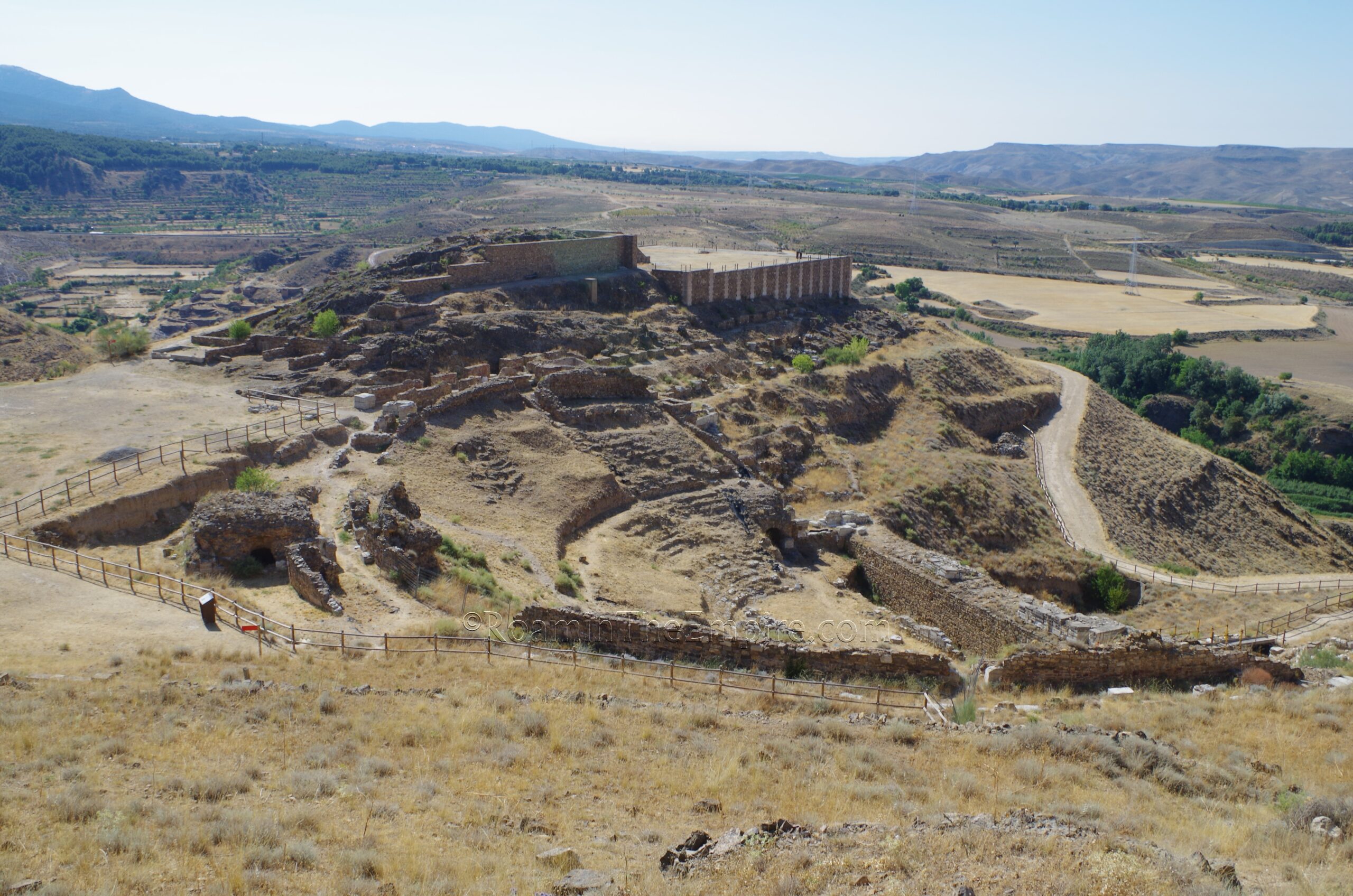
Most Recent Visit: July 2022
Perched on a hill overlooking the plain of the Salo (the modern Jalón River) an important tributary of the Iber (the modern Ebro) near the junction with the Birbilis (Jiloca River), about 100 meters above the plain, sits the remains of Augusta Bilbilis. Prior to the arrival of the Romans, the site was home to a settlement of a Celtiberian population called the Lusones. The settlement here was called Bilbilis, and may have been the chief town of the Lusones, who themselves may have been descended from settlers of the Helvetic Lusones. Bilbilis seems to have been one of the most important Celtiberian settlements in the northern part of the peninsula.
Though not mentioned by name in the texts, Bilbilis likely came into direct contact with Rome in the early 2nd century BCE, perhaps with the expeditions of Quintus Fulvius Flaccus between 182 and 180 BCE, campaigns for which he would celebrate two triumphs for his victories over the Celtiberian populations. The area still remained outside of direct Roman hegemony, though the influence of Rome began increasing after this time. During the rebellion of Quintus Sertorius, starting in 80 BCE, Bilbilis would support Sertorius and engagements were fought between Sertorius and Quintus Metellus in the vicinity of the city.
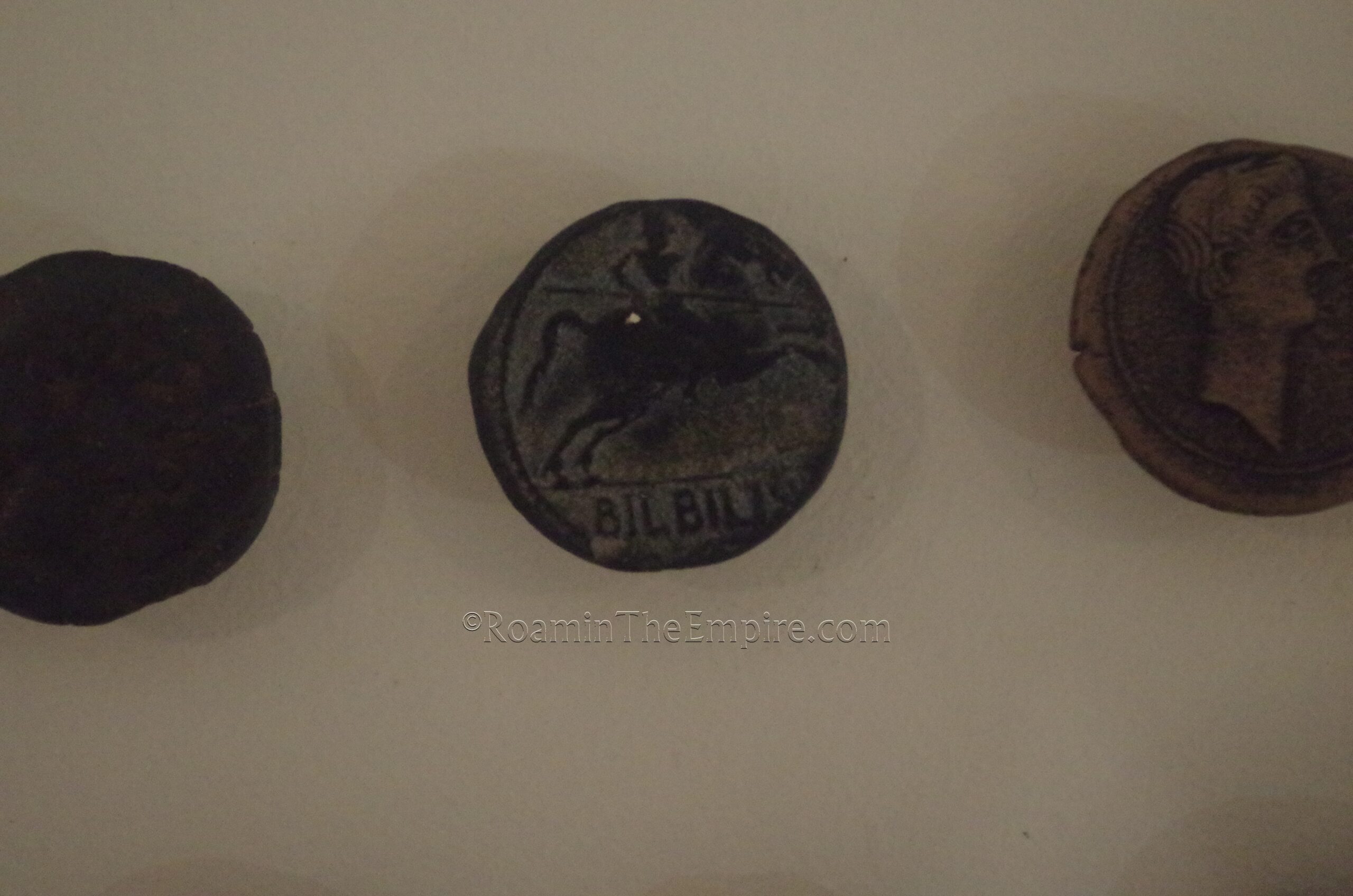
Again, Bilbilis is not mentioned specifically in any of the engagements related to the Roman pacification of the Iberian Peninsula, but likely came under direct Roman control during the Numantine War of 143-133 BCE. Following the final major conflict in the conquest of Iberia, the Cantabrian Wars of 29-19 BCE, administrative reforms and the construction of infrastructure began in earnest on the peninsula, including the building of a major road between the newly founded settlements of Augusta Emerita and Caesaraugusta, which passed closely by Bilbilis. Around this time, the city was granted municipium by Augustus and became Augusta Bilbilis. The settlement was also granted the right to mint currency, something it retained through the reign of Caligula. Monumental building projects also started at this time, continuing through the mid-1st century CE.
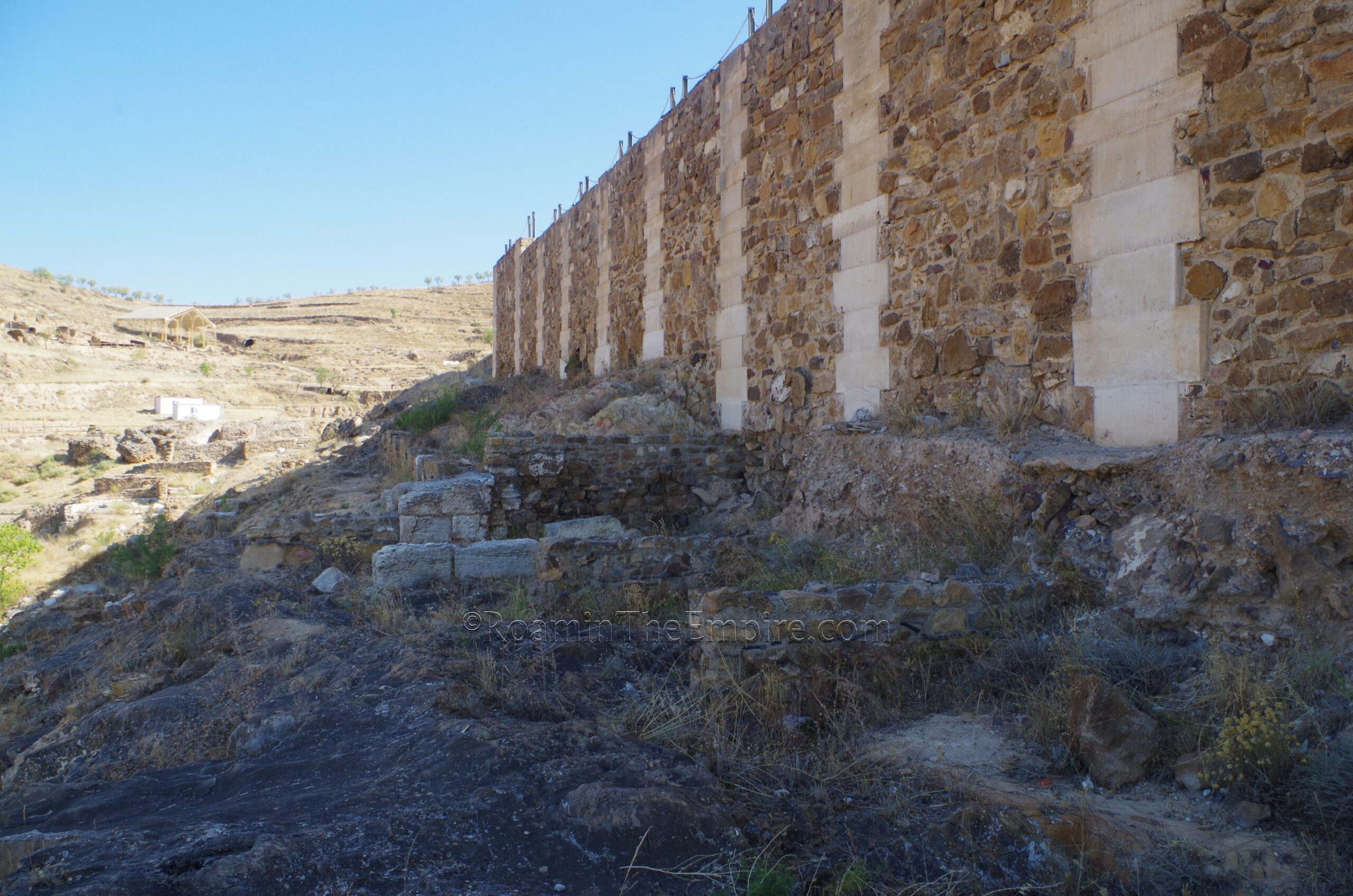
Sometime around 40 CE, the poet Marcus Valerius Martialis, better known as Martial, was born here. He seems to have left for Rome during the reign of Nero, but returned to Augusta Bilbilis in 98 CE and died there sometime around 104 CE. Martial offers a number of insights into his hometown interspersed among his works. He notes that gold and iron were mined in the area and that the city was particularly renowned for its horses and the weaponry forged there. Conversely, the fishing (presumably in the Salo) was not particularly plentiful. He dedicates one of his epigrams to the people of Augusta Bilbilis, claiming that the glory he reaps by his poetry is shared by the people of his hometown. Pliny the Elder notes that a noble of praetorian rank named P. Licinius Caecina committed suicide by taking opium in a place in Spain called Bavilum, which is sometimes identified as being Augusta Bilbilis.
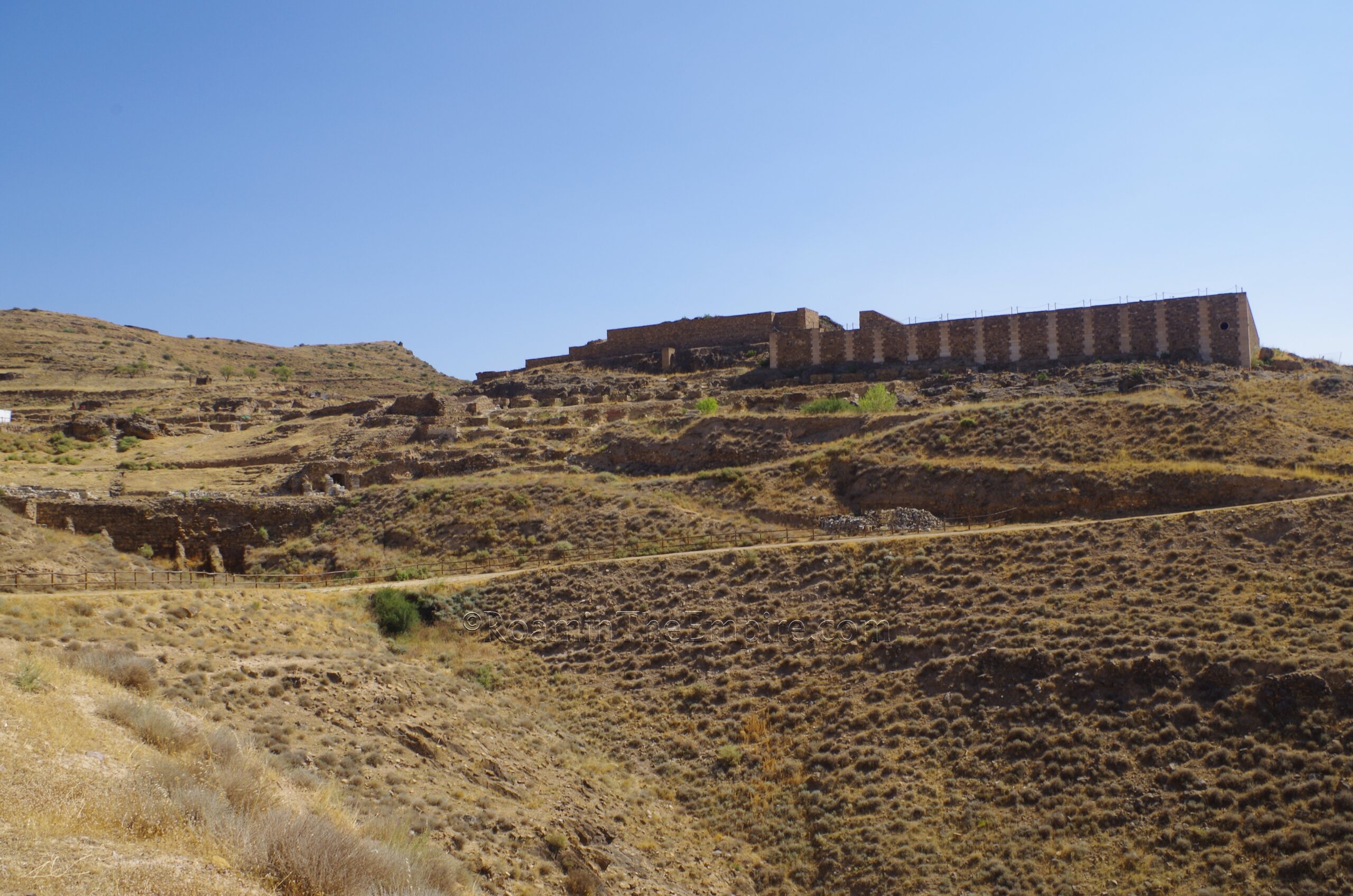
Augusta Bilbilis reached its zenith in the 1st and 2nd centuries CE before suffering a gradual decline in prosperity starting dramatically in the 3rd century CE when a number of the major features of the city seem to have fallen into disuse, and effectively being abandoned as a significant settlement in the 5th century CE. Ausonius claims the settlement is abandoned even earlier, in the 4th century CE. There was habitation on the site following this point, but it seems to have been fairly sparse. The very prominent location of the site made it a frequent target for the quarrying of materials, particularly during the 8th century CE, when Calatayud was founded.
Getting There: The site itself is a bit out of the way. It’s about 6 kilometers from the city of Calatayud and a few kilometers from the village of Huérmeda. Calatayud has a train station, so it is accessible from other cities in the region. There are about a dozen trains per day from Zaragoza, for instance, including high speed trains that make the journey in 24 minutes. I couldn’t find any information about buses from Calatayud, though, and it’s a bit of a haul from there by foot. It’s fairly easily accessible by car, there’s a parking area about three quarters of a kilometer from the site, though you can actually drive to within about 400 meters on a fairly well-maintained dirt road.
The archaeological area is an open access site, that is there are no restrictions on access, it can pretty much be visited at any time. There are no gates to limit access, other than the chain preventing vehicle access past a certain point. There is a visitor’s center near the main parking area, but that doesn’t look like it has been open in quite some time.
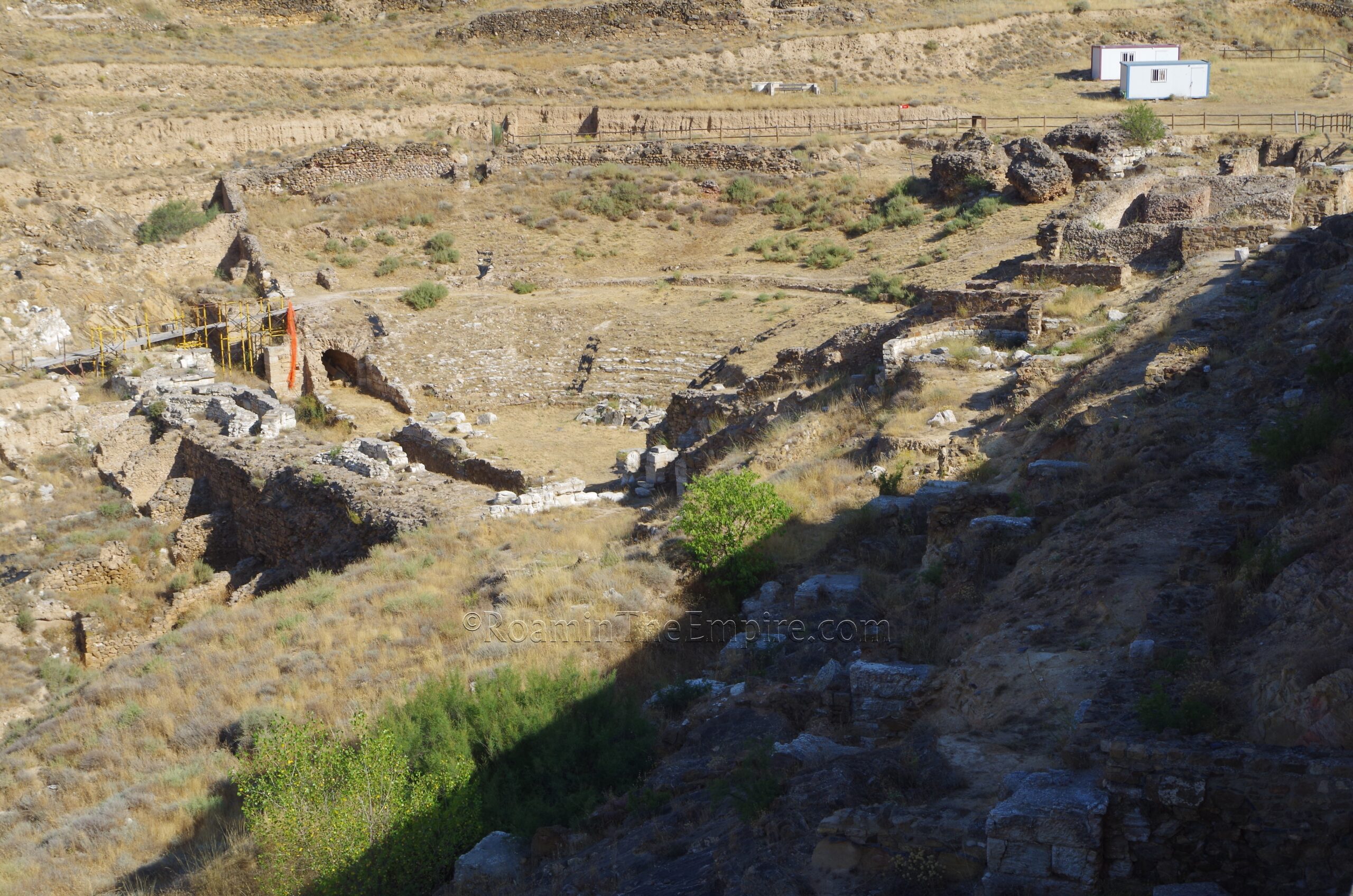
Coming from the main approach to the site, the first monument encountered at Augusta Bilbilis is the theater. When I visited, though, the path directly to the theater was more or less closed, seemingly due to having to bridge a ravine in a rickety old wooden scaffold (though only a sign bars entry to the path), and so primary access to the site is currently routed around the base of the forum and from the east. The theater was originally constructed during the reign of Claudius, and later underwent renovations and alterations later in the 1st century CE and the 2nd century CE. It fell into disuse in the early 3rd century CE, and shortly after seems to have been spoliated for material, a practice that continued well into the medieval period; many elements ended up in buildings in Calatayud. Capacity for the theater is estimated to have been about 4,500 spectators, which is notably greater than the estimated population of the city; possibly indicating that the venue served a regional rather than strictly local purpose.
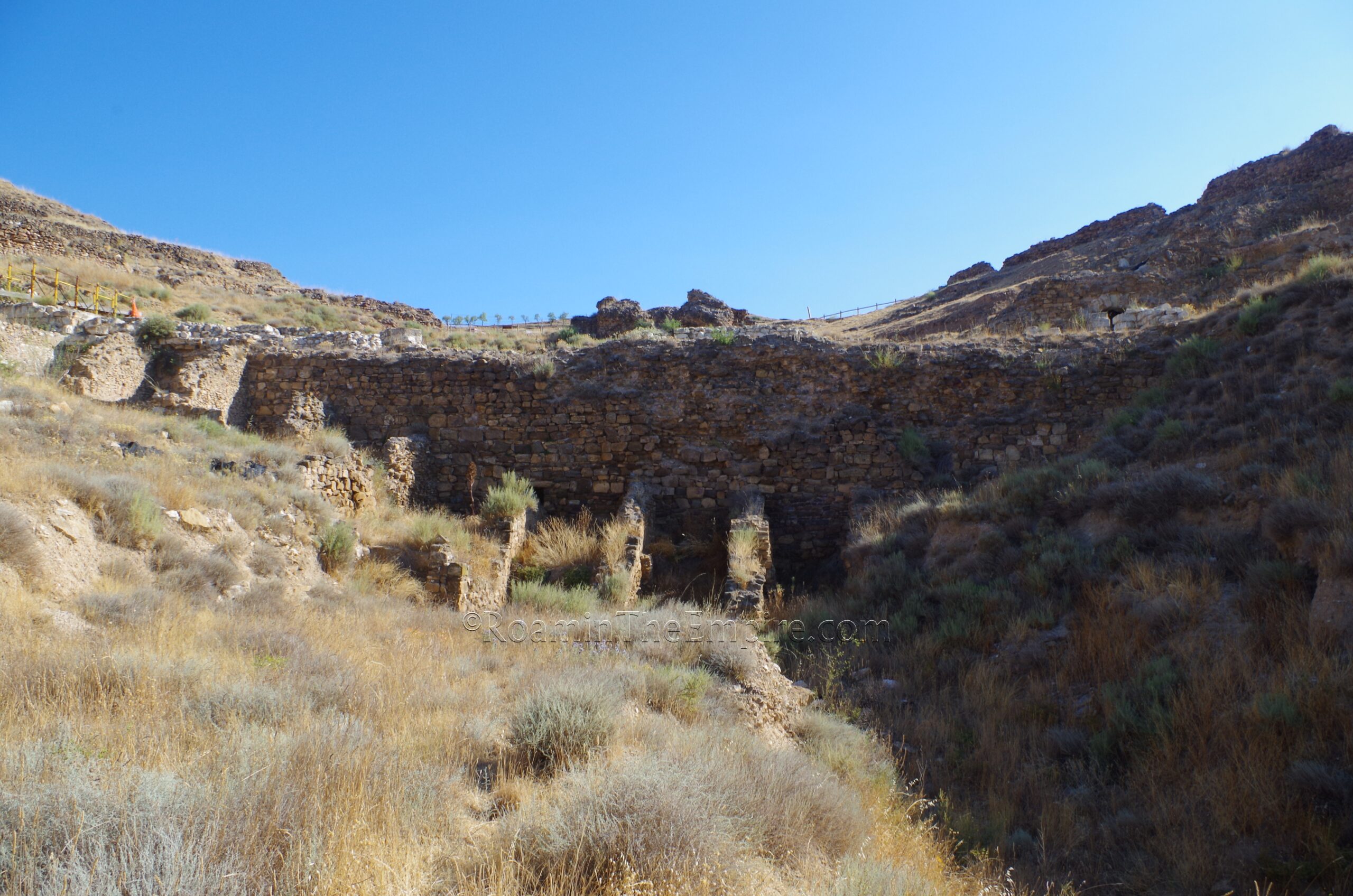
The massive wall of the scenae frons is one of the first things really visible on site. Most of the area to the south of this was fairly overgrown when I visited, so despite the fact that there are elements of the postscaenium preserved, not a whole lot is visible. The seating of the theater is built into the natural slope of the hill on which Augusta Bilbilis is built. Not much of the thirty rows of original seating seems to remain, particularly in the media and summa cavea. Fragmentary parts of the ima cavea are present, though. Atop the cavea, at the center, are the remains of a small temple identified as being dedicated to the imperial cult. A portico ran along the top of the theater on either side of the temple. A monumental nymphaeum was located at the southeastern end of the portico.
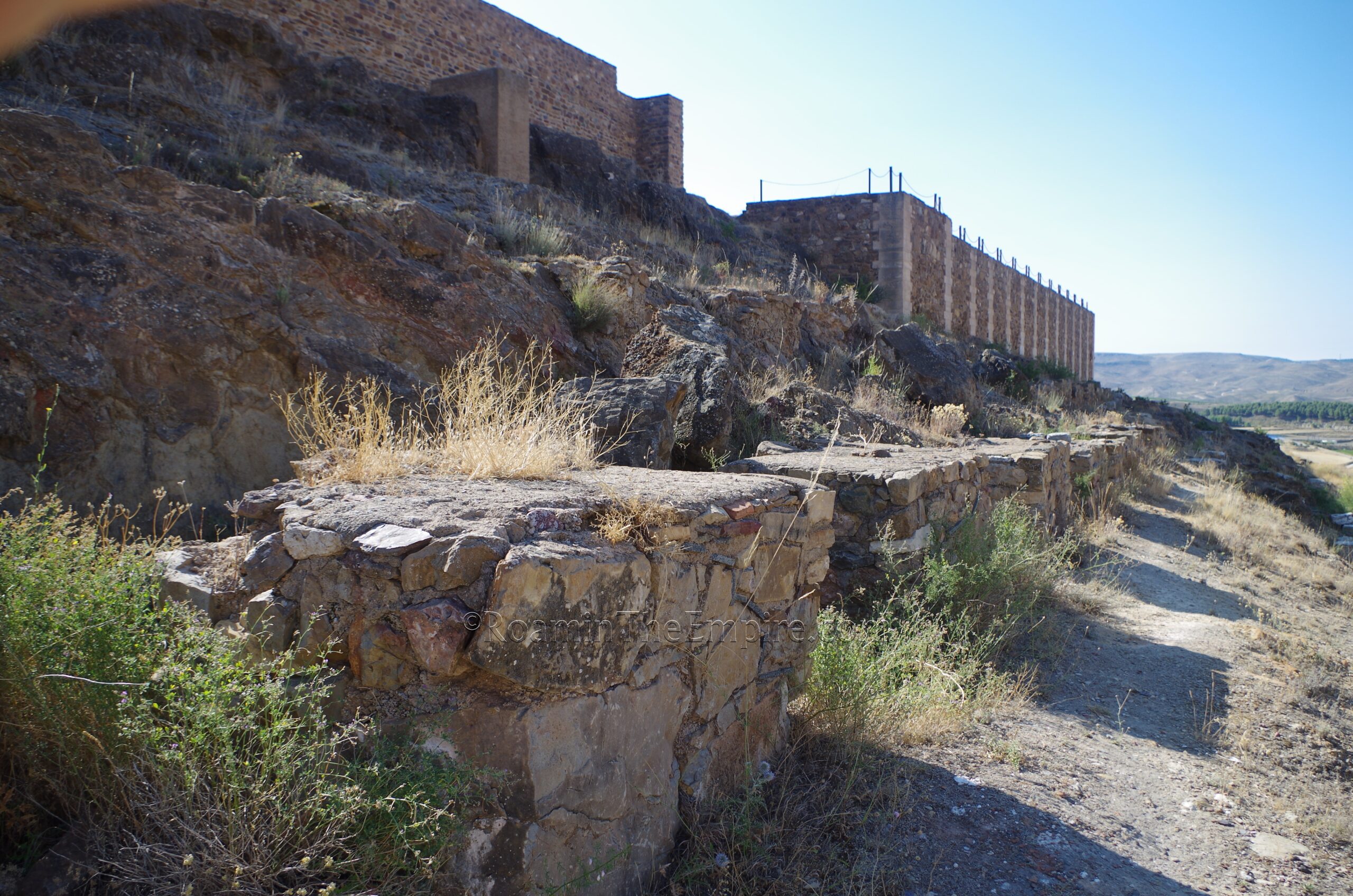
Nestled between the theater the forum, on the west slope of the rise on which the terrace of the forum was constructed (Santa Bárbara Hill), is the civic basilica. It’s an interesting situation given that is constructed on uneven ground approaching the retaining walls of the forum temple. Really all that remains are the foundations of the westernmost wall, which would have been the lowest point on the slope. Further south of the basilica, abutting the massive retaining wall of the artificial terrace of the forum, are some remains of the foundation of a portico that stretched along this side.
Continued In Augusta Bilbilis Part II
Sources:
Ausonius. Epistolarum Liber, 29.57.
Curchin, Leonard A. Roman Spain: Conquest and Assimilation. New York: Routledge, 1991.
Grant, Michael. A Guide to the Ancient World: A Dictionary of Classical Place Names. New York: Barnes & Noble Books, 1997.
Houten, Peter. Urbanisation in Roman Spain and Portugal: Civitates Hispaniae in the Early Empire. New York: Routledge, 2021.
Martial. Epigrams, 1.49, 1.61, 4.55. 10.37, 10.103-104, 12.18.
Pliny the Elder. Historia Naturalis, 20.76.
Preciado, Carlos Sáenz, et. al. La Casa del Ninfeo de Bilbilis (Calatayud, Zaragoza). Intervención arqueológica de la Escuela Taller de Restauración de Aragón. Estudios de Prehistoria y Arqueología, No. 5, 2005, pp 377-396.
Smith, William. Dictionary of Greek and Roman Geography. Walton & Murray, 1870.
Stillwell, Richard, William L. MacDonald, and Marian Holland. McAllister. The Princeton Encyclopedia of Classical Sites. Princeton, NJ: Princeton U Press, 1976.
Strabo. Geographika, 3.4.13


